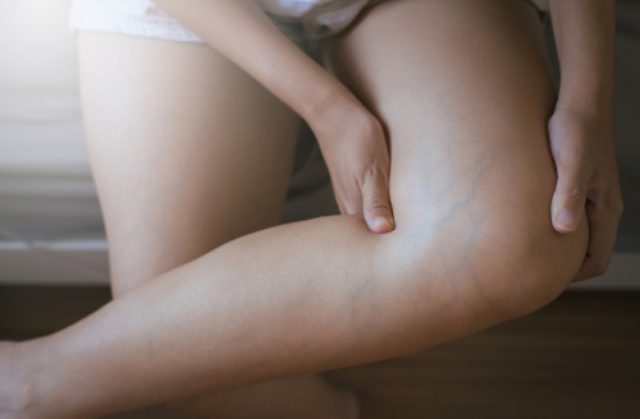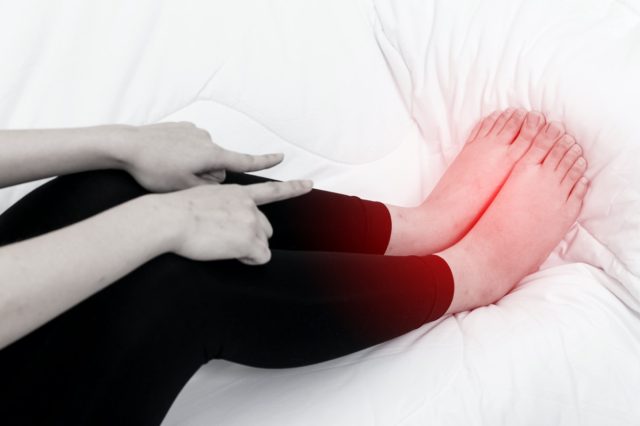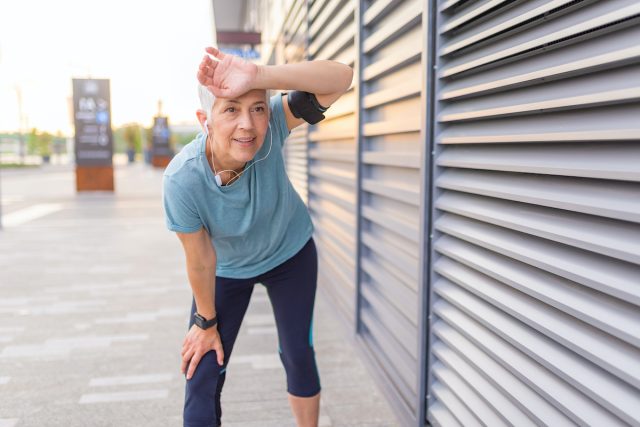
Al Roker, the weather presenter and co-host of NBC's Today, returned to his job this month after recovering from a health scare involving blood clots in his veins. Roker was hospitalized for three weeks in November after blood clots developed in his legs and lungs, for which he underwent surgery. "It's been a tough slog, I'm not gonna deny this," Roker told Today in a virtual appearance at the time. "It's been the hardest one yet, and you know I've had my share of surgeries. I'm doing physical therapy every day, occupational therapy. I've got to just get my strength back. … I feel good. I feel strong. Every day I feel a little bit better."
This month, he elaborated upon his return to broadcast duty. "I lost half my blood. [My doctors] were trying to figure out where it was," he said. His surgeons found two bleeding ulcers and had to resect his colon and remove his gallbladder, he added. "I really do feel good. I'm sure I'm going to collapse like a stone after this is over because this is the first work I've done. It's been a journey."
Roker was diagnosed in part with deep vein thrombosis. Here are the signs and symptoms of this potentially life-threatening condition.
What Is Deep Vein Thrombosis?

"Deep vein thrombosis (DVT) is a medical condition that occurs when a blood clot forms in a deep vein," according to the Centers for Disease Control and Prevention. "These clots usually develop in the lower leg, thigh, or pelvis, but they can also occur in the arm."
The clots become life-threatening when they break loose and migrate to vital organs such as the lung, called a pulmonary embolism. About one in four DVT clots left untreated will detach. DVT can also lead to chronic venous insufficiency, or impaired outflow of blood through the veins, resulting in dermatitis, increased skin pigmentation and swelling, Johns Hopkins Medicine reports.
"DVT is deep vein thrombosis, which is a blood clot that forms in a vein deep in the body," says Dr. Sandra G. Adams, pulmonologist and critical care physician in San Antonio, Texas. "These kinds of clots most often form in the legs, hips or pelvis. Sometimes they occur in the arms, neck or chest area. These deep clots can clog up the veins and slow down the blood flow."
There are two types of venous blood clots, Johns Hopkins Medicine says. Superficial thrombophlebitis is an inflammation of a vein that occurs in response to a blood clot that occurs in a vein near the surface of the skin.
Deep-vein thrombophlebitis affects the larger veins farther below the skin's surface and is more serious.
Who's at Risk for Blood Clots

"Vein disease is a very common problem in America," says Dr. Scott Joransen, interventional cardiologist, the Cardiovascular Institute of the South in Meridian, Mississippi.
Age increases the chances of developing blood clots and other vein problems, according to the Dallas Vein Institute/Texas Vascular Institute. As many as one-third of Americans over 45 have some kind of vein disease.
More than 900,000 people have DVT, and as many as 30 percent of those die within one month of diagnosis, the institute says. A person with varicose veins has a 430 percent greater risk of developing DVT, it adds.
In addition, "one in 20 Americans are at risk because they have a mutation in their blood, and many of those Americans don't know about it," says Dr. Steven Abramowitz, chair of vascular surgery at MedStar Health. "And the other category of people, half of patients with DVT are within 30 days of either a hospitalization or an illness like COVID, the flu or an injury like a broken leg or a fractured ankle."
Signs and Symptoms of Blood Clots

"Common symptoms or warning signs of DVT are swelling in one leg, pain in one leg, and/or a change in color, such as redness of the skin close to the blood clot," Adams says. "Sometimes the skin around the swollen area feels warm to the touch."
Superficial thrombophlebitis is a minor disorder commonly identified by a red, tender vein, Johns Hopkins Medicine says.
Deep-vein thrombophlebitis may produce less-pronounced symptoms at first: Half of all cases are asymptomatic, Johns Hopkins adds. Symptoms of DVT include leg pain, swelling, leg pressure, skin warmth, redness or tenderness.
Pulmonary embolism symptoms include shortness of breath or difficulty with physical exertion; it can lead to death.
Treatment for Deep Vein Thrombosis

Once you are diagnosed with DVT, your doctor may treat it with anticoagulant or blood-thinning medicines to eliminate blood clots and prevent others, according to the Mount Sinai Health System in New York.
Your doctor may also suggest compression stockings (also called graduated compression stockings) to prevent DVT and relieve swelling and pain, the CDC says. You may have to wear them for as long as two years or more.
As a last resort, as with Roker, your doctor may recommend surgery.
What You Can Do

You can prevent DVT by implementing lifestyle changes.
Avoid sitting or standing for long periods, Mount Sinai advises. Moving your legs — even a little — keeps the blood flowing. Treat open sores or infections promptly. Lose weight and exercise regularly. When traveling on a long-haul airplane trip, get up and move around periodically or do exercises in your seat such as raising and lowering your heels while keeping your toes on the floor.
If you're at risk for DVT, talk to your doctor about wearing compression stockings or taking medication.
"If you have any concerns that you have a deep vein thrombosis, you should see your medical professional or your primary care doctor or go to an urgent care facility or an emergency room," Abramowitz says. "There, they're most likely going to order an ultrasound, and that ultrasound is going to show the clot in the vessel. That's a noninvasive test that uses sound waves to visualize the vein itself. If that test is positive, most patients are going to be put on a blood thinner, and some of those patients are going to ultimately require a procedure to remove the clot from that vein."




